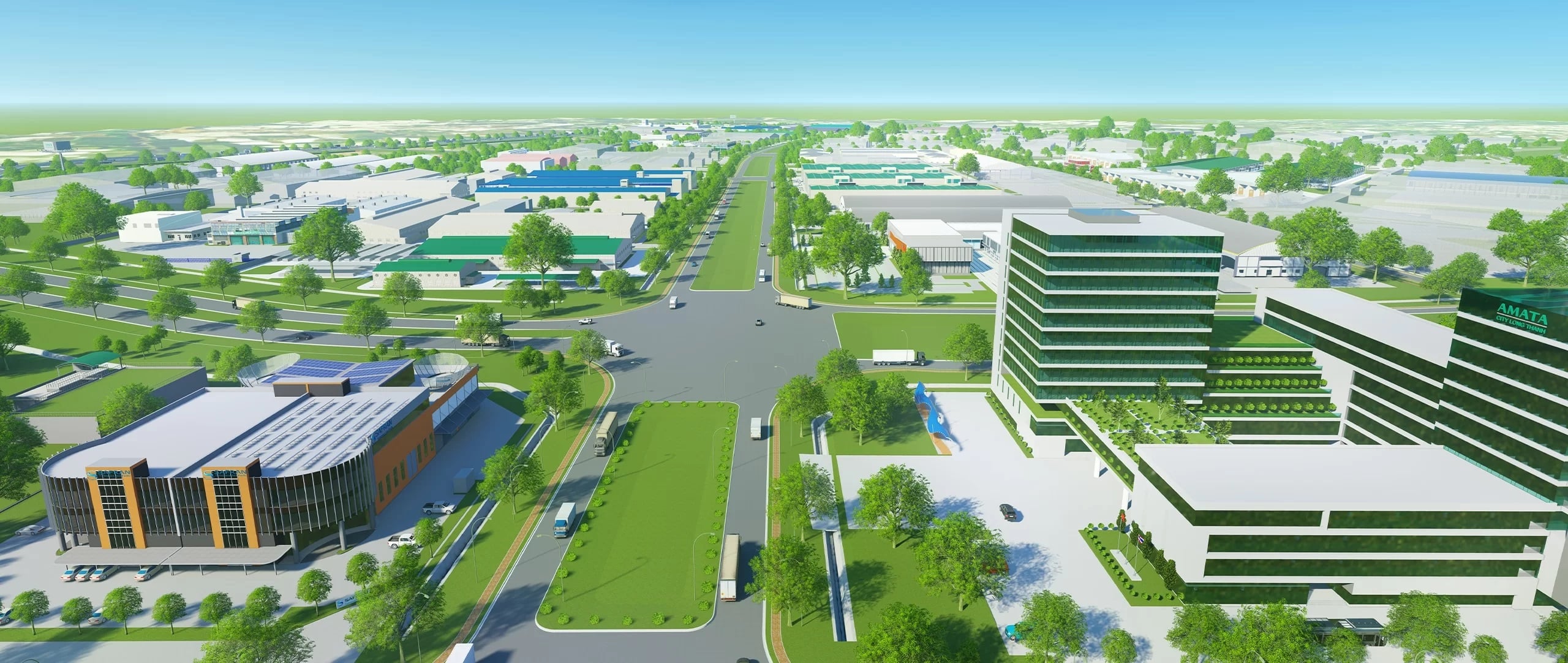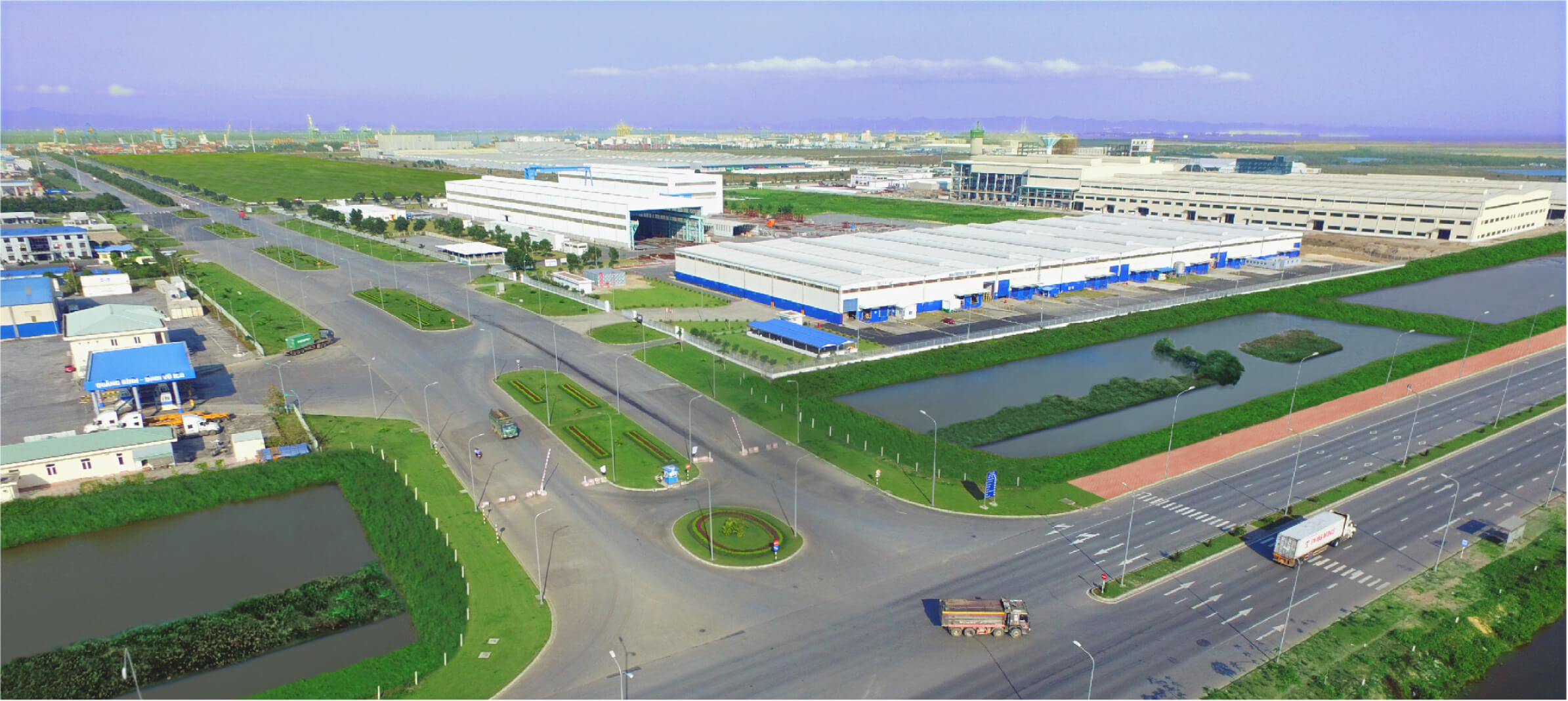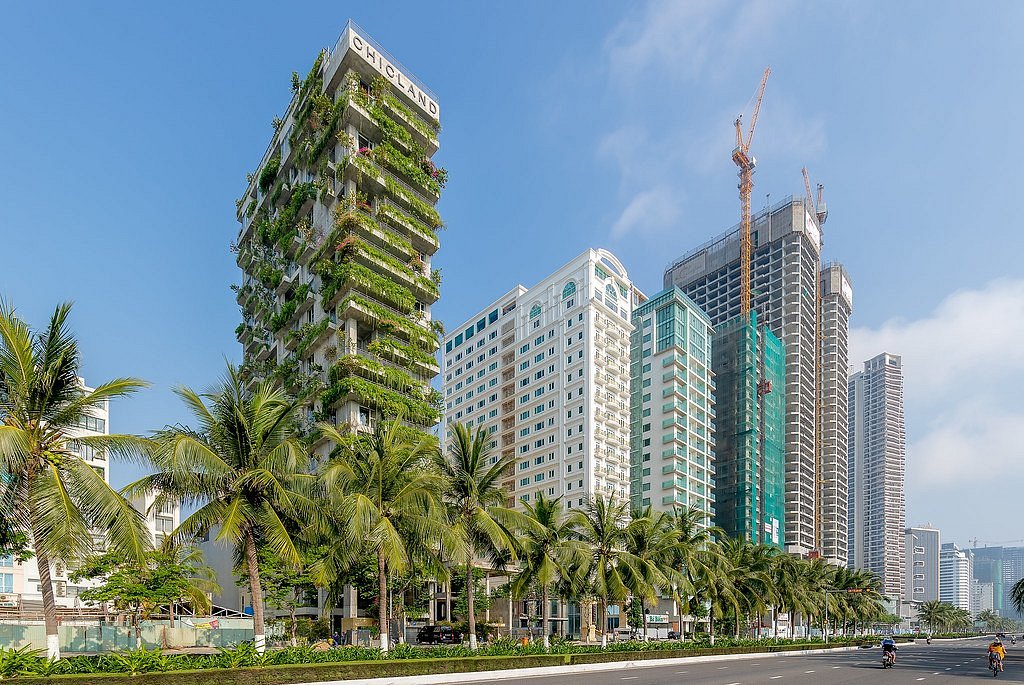Challenges of Green Transition
The development of green and sustainable industrial parks is an inevitable global trend. However, in reality, industrial parks in Vietnam are still struggling to find solutions to balance economic benefits with environmental responsibility. Transitioning from traditional industrial models to a circular economy requires substantial initial investments in both finance and technology.
Legal frameworks also represent a significant bottleneck. Currently, regulations are vague regarding "cleaner production" or "more efficient resource use," making it difficult for enterprises to implement sustainable development strategies. Additionally, the presence of numerous laws governing the activities of industrial parks creates several barriers.
Benefits and Opportunities of Green Industrial Parks
Mr. Nguyen Quang Vinh, Vice President of the Vietnam Chamber of Commerce and Industry (VCCI) and Chairman of the Vietnam Business Council for Sustainable Development (VBCSD), asserts that the development of sustainable industrial zones offers significant benefits, not only economically but also environmentally and socially. These benefits include minimizing negative environmental impacts, conserving energy and resources, fostering innovation and collaboration, enhancing brand reputation and image, and reducing future legal risks. Moreover, it improves working conditions within industrial zones and benefits surrounding communities. However, the awareness of sustainable industrial zones among businesses remains limited, with 50% of surveyed companies within industrial zones admitting they have never heard of the concept, 30% have heard of it but do not fully understand it, and only 20% truly grasp it. Therefore, the government needs to promptly study and implement solutions to support the model transition of industrial zones. From the business perspective, while sustainable development requires substantial financial resources, it is a trend that cannot be ignored.
The transition to green and eco-industrial zones not only helps attract a new wave of investment, especially high-quality FDI, but also brings numerous other benefits. Therefore, companies investing in industrial zones need to stay updated with government information and directives to fully understand the advantages of this transition. This understanding will enable them to develop specific roadmaps and implement strategies to establish and convert to green and eco-industrial zones in line with sustainable production and business strategies.
Businesses within industrial zones should focus on improving production processes by utilizing resources more efficiently and adopting cleaner production methods. This includes the application of digital technology and digital transformation, the adoption of low-carbon technologies, reducing the use of chemicals, and embracing renewable energy sources that are environmentally friendly, to optimize operational costs and enhance competitiveness.
Subsequently, companies need to mobilize resources from international organizations, business associations, climate finance funds, energy transition partners, as well as commercial banks and green financial institutions to support the development of green industrial zones. They should also strengthen cooperation to share production infrastructure, recycle materials, or collaborate with other companies outside the industrial zone to implement industrial symbiosis models. Additionally, the government should introduce more incentive policies and enhance the effectiveness of state management concerning industrial zones.

Despite facing many challenges, the development of sustainable industrial parks offers great benefits. This not only helps to minimize negative environmental impacts, saves energy, and resources but also creates better working environments, enhances reputation, and attracts high-quality investment. Importantly, it aligns with Vietnam's international commitments, such as those made at COP26, aiming for net-zero emissions by 2050.
Developing Green Industrial Parks – The Future Path
To overcome challenges and seize opportunities from the green industrial park trend, close cooperation between the State and businesses is crucial. The State needs to complete the legal framework, issue preferential policies on land, finance, and credit to encourage businesses to transition. Simultaneously, businesses need to be proactive in applying low-carbon technologies, using renewable energy, and cooperating with each other in circular economy models.
Vietnam is on the threshold of a new wave of investment with around 418 industrial parks established. Transitioning to green and ecological industrial park models is not only a smart choice but also an urgent requirement to ensure sustainable development for the future.
—————————————–
For environmental monitoring solutions, contact iLotusLand:
𝗘𝗺𝗮𝗶𝗹: info@ilotusland.com
𝗛𝗼𝘁𝗹𝗶𝗻𝗲: +84 909 403 778
𝗪𝗲𝗯𝘀𝗶𝘁𝗲: www.ilotusland.com







